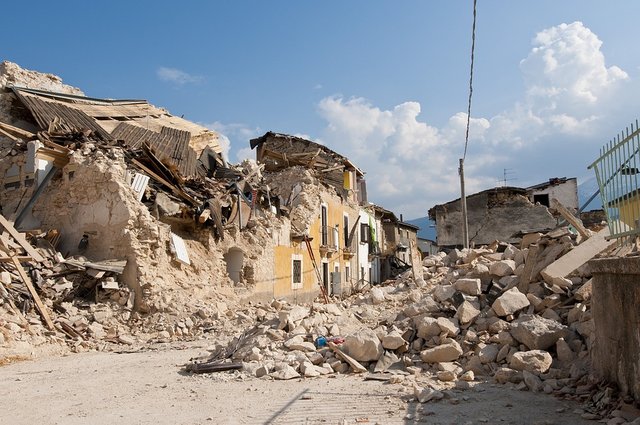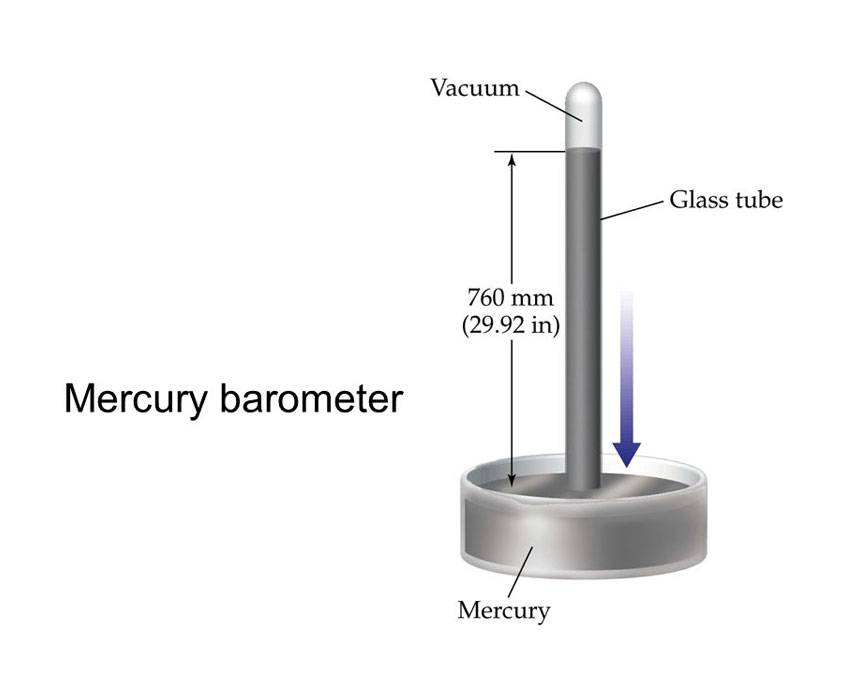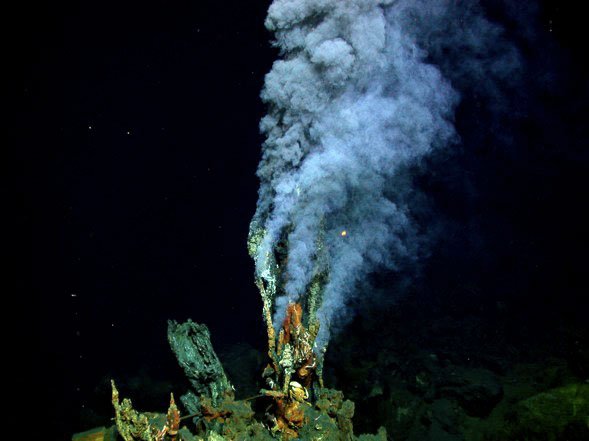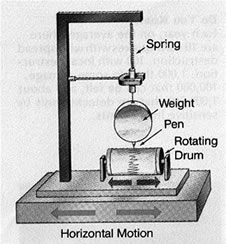Tools and the Sciences - The exploration of the Earth

Source
In my previous publications, we have seen some instruments that scientists use to study the world and the microscopic space. Now you will learn how scientists explore the planet Earth. In very simple terms, we can think that the Earth is divided into three main parts: water, earth and air.
Exploring the oceans of the Earth
More than 70 percent of the Earth is covered by water, and most of it is found in the oceans. It is customary to call Earth the planet of water.
To explore the oceans, scientists used research boats called submersibles. Some of these submersibles only carried scientific instruments; others also carried people. One type of submersible was the bathysphere, being one of the first used for the exploration of the oceans. The bathysphere is a small, spherical dive boat that is submerged from a ship by a steel cable. As it was attached to the cable boat, its movement is limited.

Source
Today there is a great variety of submarine exploration ships, sophisticated robots that allow a more precise exploration of the soils. It ships as NEREUS designed to operate at a depth of 11 kilometers driven by remote control. They are, without a doubt, an estimable technological advance with which risky missions can be carried out without endangering human life.
There are unusual marine life communities near vents or natural chimneys at the bottom of the sea. The vents emit poisonous hydrogen sulfide and the water temperature reaches 350 C.
The combination of these two factors should avoid any way of life near the vents. However, scientists discovered giant tubular worms, clams, mussels and other strange life forms that exist without sunlight.
It is believed that living conditions should be similar to conditions on distant planets. This is how these discoveries can be used by astronomers to study the possibilities of life in other worlds.
Exploration of the earth's crust
We often take for granted the solidity of the Earth "is a common expression, and most of the time it makes sense, but in the 1980s the residents of Mexico, Armenia and California (to name just a few places) felt that the apartment under their feet they moved, what they felt was the earthquake.
Detecting and measuring the strength of an earthquake is an important task for scientists who explore the earth's crust. Someday we hope that their studies can allow them to predict earthquakes to prevent people from the area. Unfortunately, today the ability to predict earthquakes is limited. But we can detect them and measure them with an instrument: the seismograph. A seismograph is a fairly simple instrument. It consists of a weight attached to a spring or cable. Since the weight is not directly linked to the Earth, it remains still even when the Earth moves. A ballpoint pen is attached to the weight. There is a rotating drum wrapped in paper next to the pen. Because the pen is attached to the weight, it remains almost motionless when the earth moves. The drum that is attached to the earth moves with it. When the ground is still, the pencil marks a straight line. But, when there is an earthquake, the pencil registers an undulating line caused by the movement of the drum. Scientists can determine the output of an earthquake by the height of the wavy lines marked on the drum. The higher the lines, the more intense the earthquake will be. Thanks to the seismograph we can detect an earthquake almost instantaneously anywhere. Scientists use many instruments to study the Earth's atmosphere. Directional globes and satellites transmit data to weather stations around the world, allowing a much better weather forecast than what could be done in the past. Wind vanes measure the speed and direction of the wind, which is important in determining if a storm is coming. Other instruments can measure the humidity of the atmosphere and the temperature of the air. The list of instruments is quite large, so we will learn about an instrument that we may all know, the barometer. A barometer is a device that measures the air pressure. Although it does not look like it, air is a form of matter and, therefore, has mass. Remember that the gravity of the Earth attracts the matter. That is, atmospheric pressure is a measure of the force exerted by the atmosphere at each point on the Earth due to gravity. There are two different types of barometers. One is mercury. A mercury barometer is a glass tube closed at one end and filled with mercury (a silver liquid). The tube is placed upside down in a container of mercury. At sea level, the air pressure on the mercury in the container keeps the column of mercury in the tube at a certain height. As the pressure decreases, the level of the column decreases. As the atmospheric pressure increases, the mercury column of the barometer rises. Similarly, when the pressure decreases the column of mercury lowers. Image Source The most common type of barometer is the aneroid barometer. See the following figure. This barometer is an airtight metal box from which most of the air has been extracted. When changing atmospheric pressure, a needle moves indicating the new air pressure.
Source pixabay
Exploring the atmosphere of the Earth


Source
As we could see, the scientists still have a lot to do. The exploration of these three great characteristics of the Earth; water, soil and atmosphere, it is becoming more complex. It is hoped that future earthquakes can be predicted, as well as discover more marine life in the deep waters of the ocean.
Previous articles
- Tools and the Sciences - The exploration of the Universe
- Tools and the Sciences - Exploring the Microscopic World
- Measurement and science - The metric system
- Discover the questions that scientists ask: Microscopic, macroscopic and global
References website
http://www.apuntescuriosos.com/2014/01/como-se-exploran-las-profundidades-del-oceano-mar.html
https://sites.google.com/site/coleccionguillermocrovetto/home/instrumentos-diversos/barmetro-aneride-e-higrmetro
https://www.elconfidencial.com/tecnologia/2015-02-24/por-que-todavia-no-somos-capaces-de-predecir-los-terremotos_716988/
https://www.vix.com/es/btg/curiosidades/4930/como-se-mide-la-intensidad-de-un-terremoto
http://www.arroyosdebarranquilla.co/2015-02-12-17-20-49/item/84-instrumentos-para-la-medicion-de-las-condiciones-atmosfericas
https://www.vix.com/es/btg/curiosidades/2010/12/01/%C2%BFcual-es-la-mayor-profundidad-de-los-oceanos





Belega nia Tero estas!